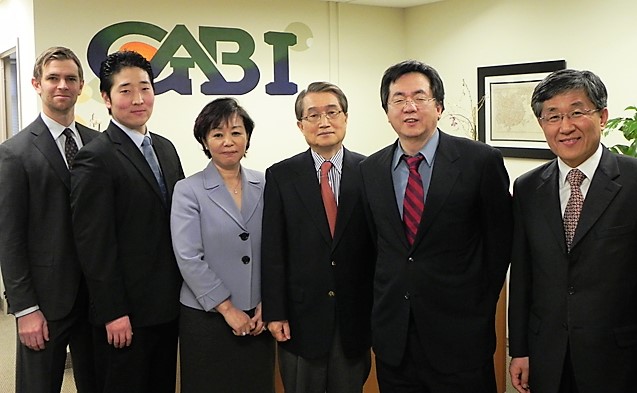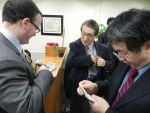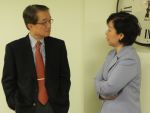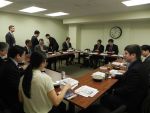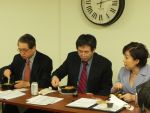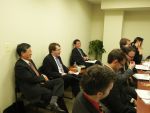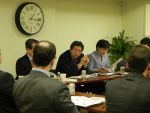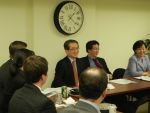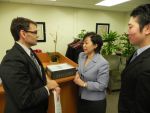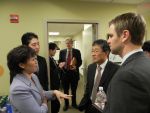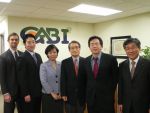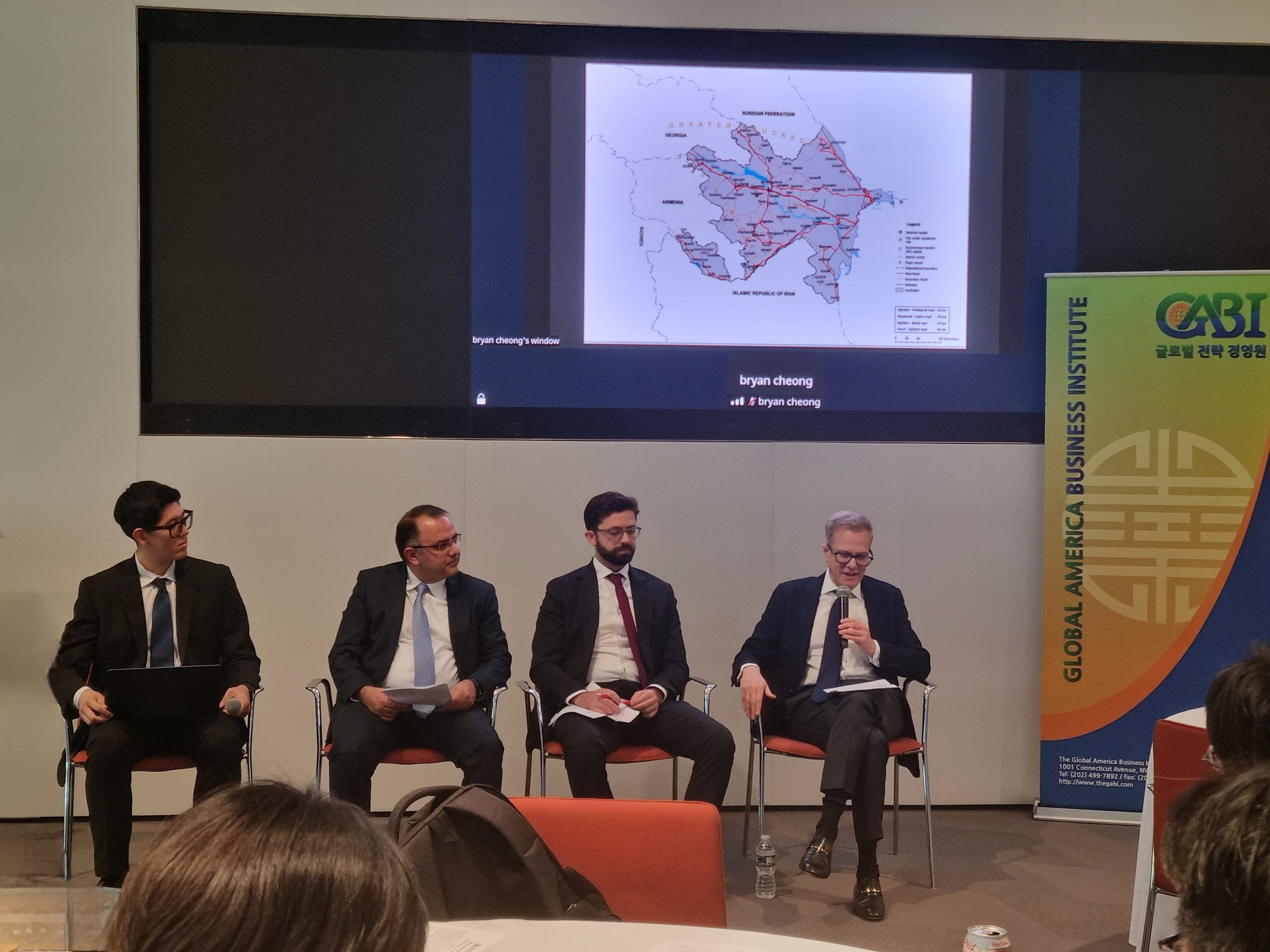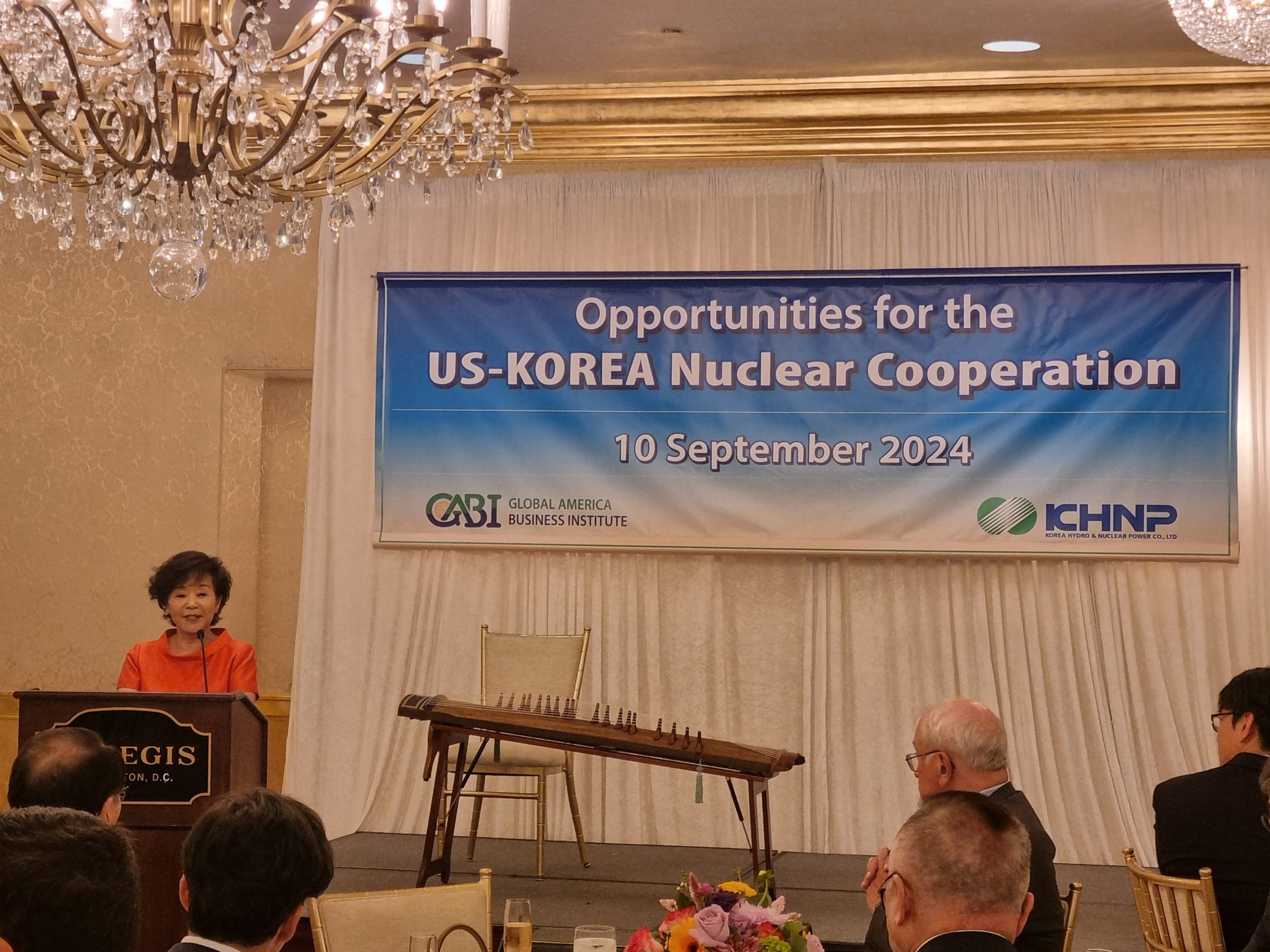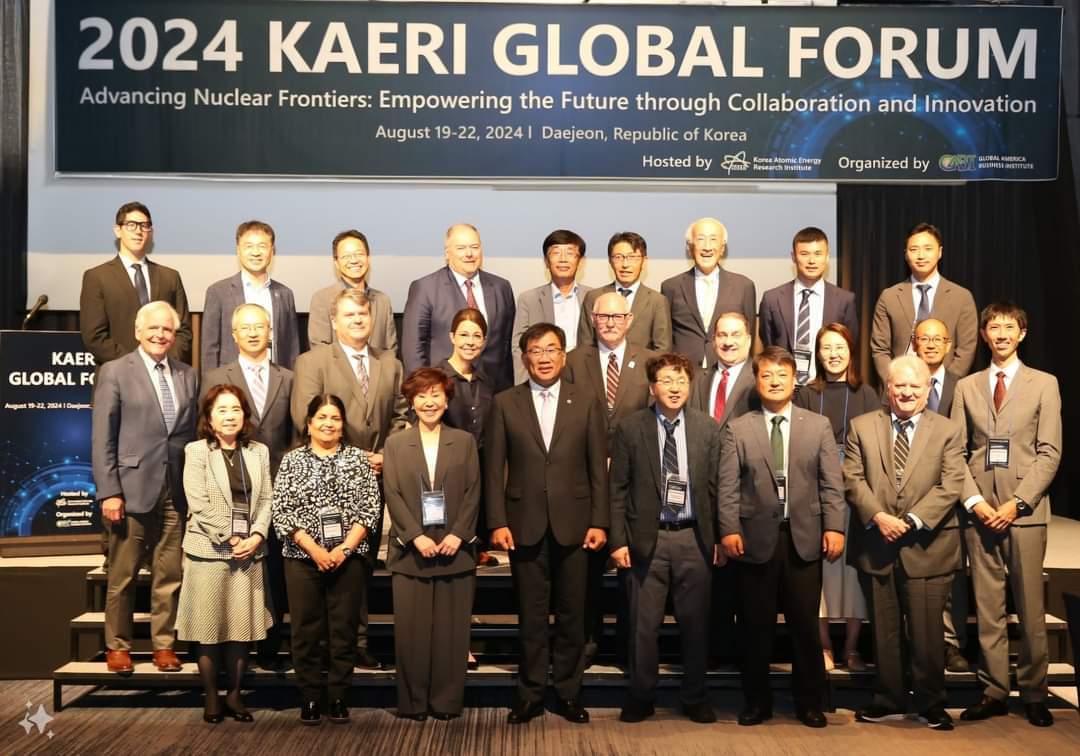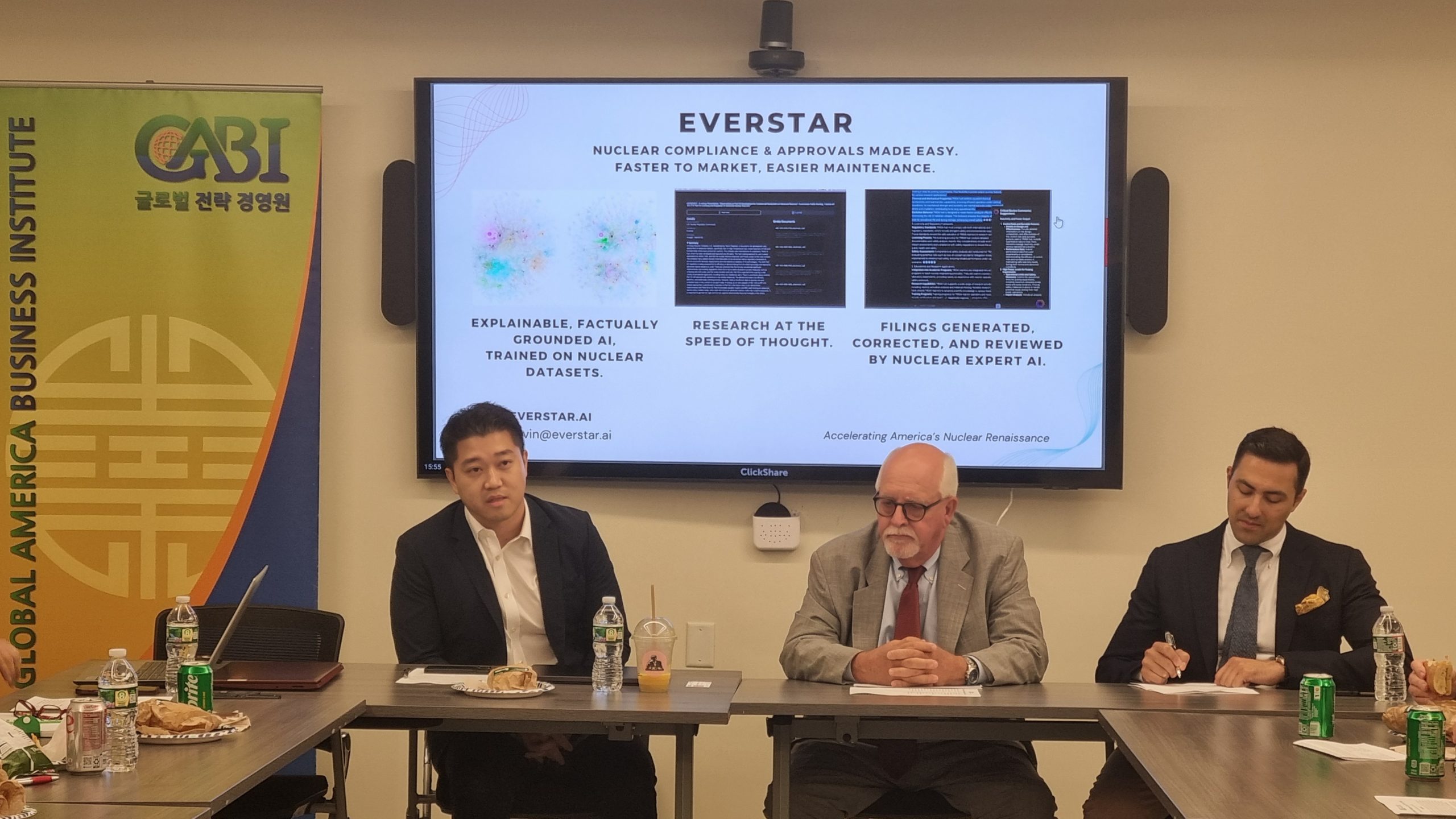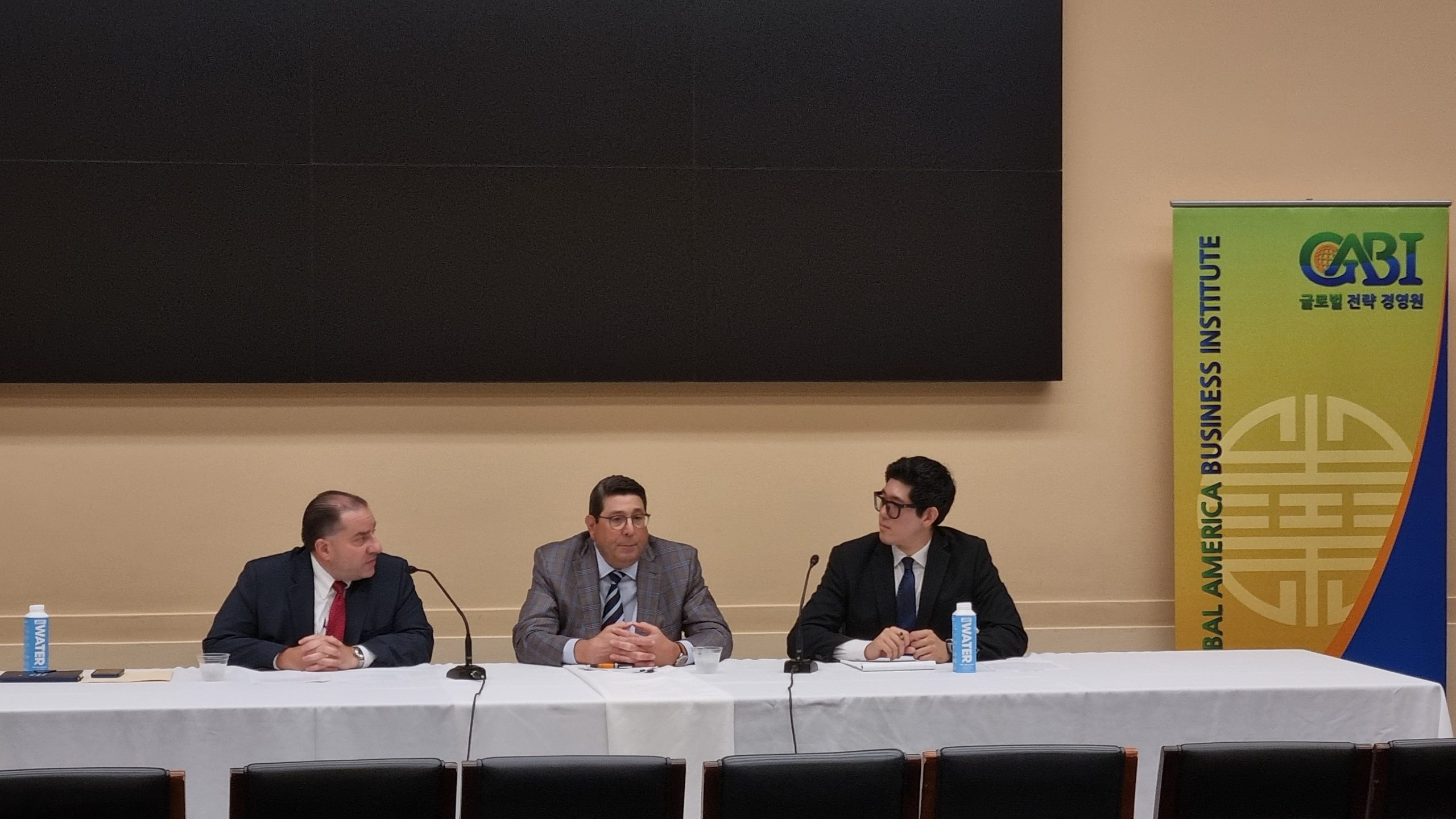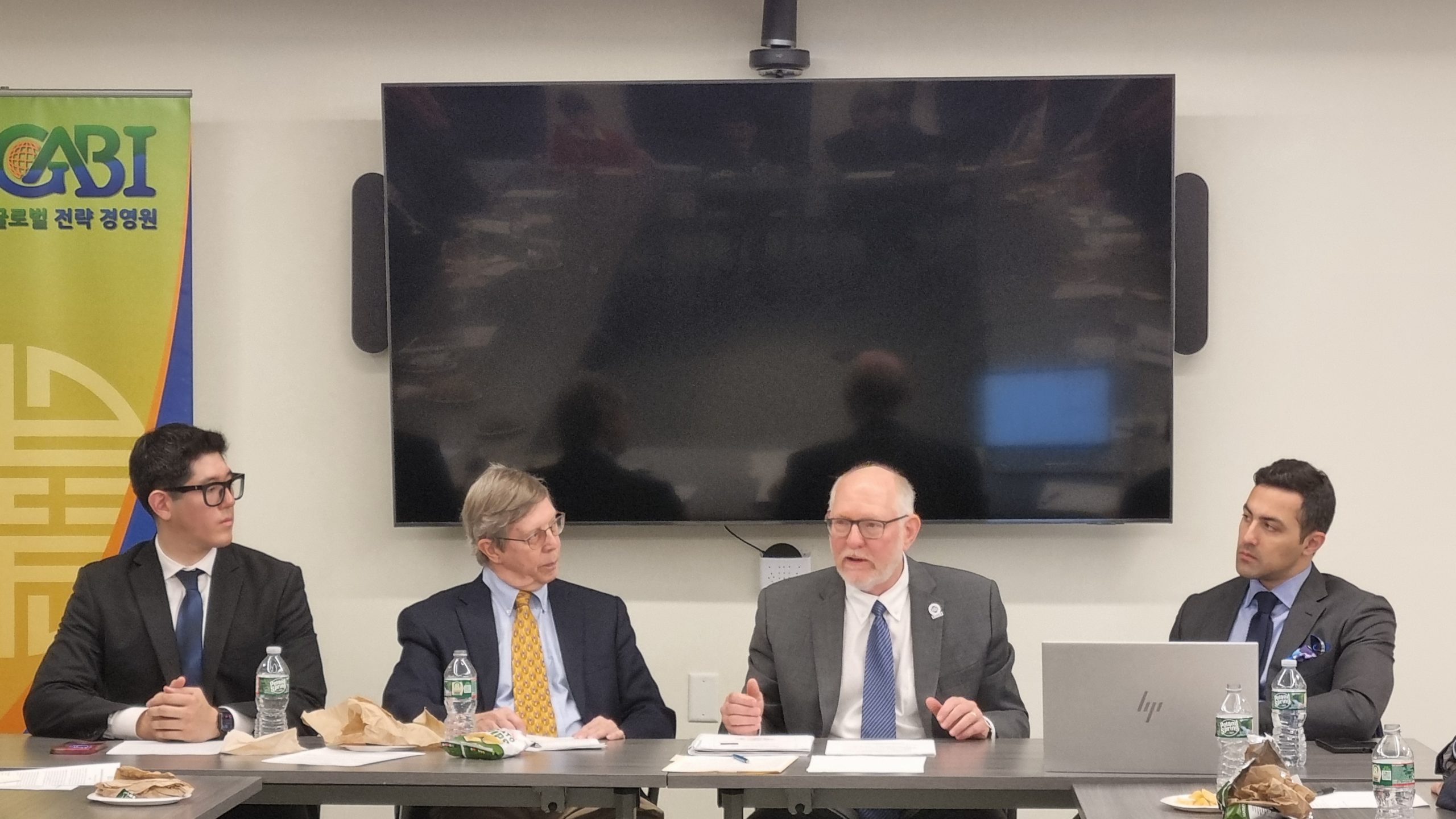South Korea’s experience with nuclear power stands in stark contrast to that of the North; the ROK has enjoyed decades of peaceful use while Pyongyang continues to gather notoriety for its weapons program. The ROK began humbly in its nuclear energy development with the construction of a small research reactor following its acceptance into the IAEA in 1957. It has since grown to become one of the world’s leaders in nuclear energy – while many countries and regions shied away from nuclear power due to crises such as Three Mile Island and Chernobyl, Korea pressed forward with reactor construction and technological localization/development over several decades. As a result, Korean firms have become internationally competitive in terms of plant construction and efficiency, leading to the 2009 deal to build the UAE’s first nuclear plants. While the Fukushima incident presents immediate challenges, the forecast for Korean nuclear energy is bright given the lack of alternatives. The tasks at hand for the Korean nuclear industry are the enhancement of safety and continued research into key areas, such as pyroprocessing and fast reactors. While the objectives seem clear, a number of uncertainties may present obstacles down the road, including Korea’s balancing act in addressing both nonproliferation and back-end fuel cycle management, consequences from Japan’s negative experiences with both reprocessing and fast breeder technologies, and the current impasse involving the 123 Agreement between the US and the ROK.

